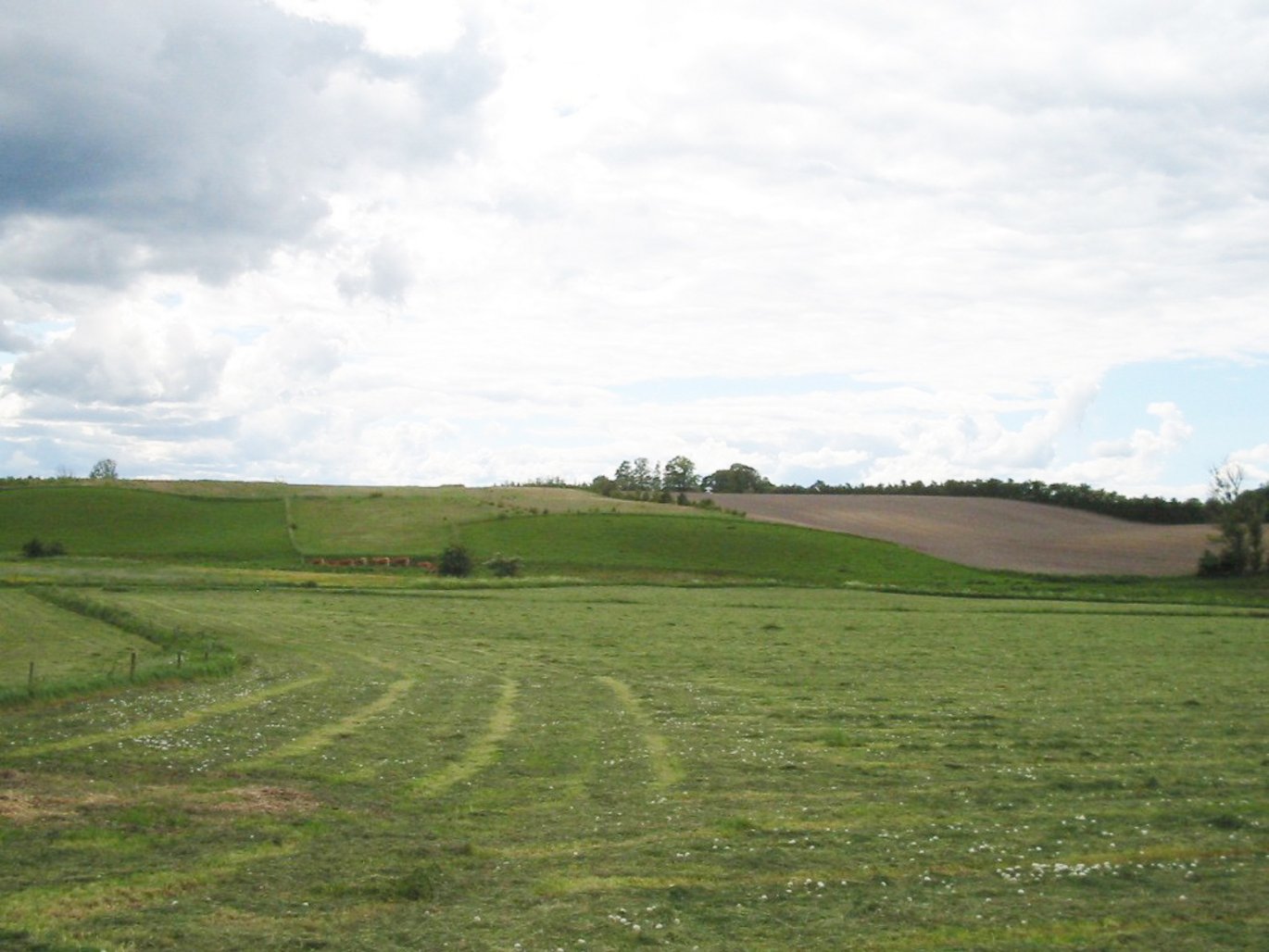Plantekongres 2022 - News about carbon in an EU perspective
With Carbon Farming's various cultivation initiatives, you can remove CO2 from the atmosphere and achieve carbon storage in plants and soil. At this year's virtual Plantekongres, you have the opportunity to learn more about what Carbon Farming is, how to achieve carbon storage and not least, carbon in an EU perspective.

Carbon Farming is a term for a variety of farming methods that aim to bring atmospheric carbon back to the soil, crops, roots, trees, and leaves. Carbon Farming can lead to increased carbon content in the soil, an improved soil structure, a reduced fuel consumption, a greater biodiversity in and on the soil, an improved nutrient utilization, reduced CO2 emissions from agriculture and an improved economics. The concept is a key point in both Danish and European climate and agricultural policy. At a webinar in connection with the Plantekongres 2022, Martin Hvarregaard Thorsøe, who is researcher at the Department of Agroecology at Aarhus University, will talk about carbon in the soil from an EU perspective.
"Several initiatives are underway at EU level when we talk about Carbon Farming, and for good reason. Because with Carbon Farming, we are doing something active to prevent a future climate crisis, ”says Martin Hvarregaard Thorsøe.
Carbon farming has a prominent position in a number of key EU strategies and programs, including:
- Farm-2-Fork
- EU Mission: A Soil Deal for Europe
- Soil Strategy
More Carbon Farming in the future
As stated above, there is already a great focus on Carbon Farming, and that focus will not diminish in the future.
At the webinar, which will be held on Thursday 13 January 2022 at 11.15 - 12.00, Martin Hvarregaard Thorsøe will also talk about the future Carbon Farming initiatives, as well as what challenges it will be in a regulatory perspective.
"A proposal is being made for a certification system for storage of carbon in the soil in 2022, just as the common standard for monitoring, reporting and verification of carbon storage in the soil will be on the way by the end of 2022," explains Martin Hvarregaard Thorsøe.
Virtual Plant Congress
This webinar is part of the Plant Congress 2022. Again this year, the Plant Congress is being held virtually due to the Covid-19 pandemic. But the content is still the same, now you can just follow the many exciting presentations at home from the living room when they are held as webinars. In addition to this webinar, you can hear about:
- Biochar's effect on agricultural soil - By pyrolysis, the carbon of the biomass is converted into very stable C-compounds. This means that it is not a food base for the micro and macro life of the field. On the other hand, biochar has potential as a carbon storage, and it has positive effects on both the soil's physics and chemistry.
- Effect of catch crops and plant residues on nitrous oxide - Plant residues can release nitrous oxide when mulching. But catch crops can also reduce nitrous oxide emissions by absorbing nitrogen and preventing leaching. Hear about the possibilities and complications of plant debris and catch crops to reduce nitrous oxide emissions.
-
Cereal crops of the future - The climate has become more unstable and extreme, and therefore the future offers new requirements and challenges for cereal production. The crops must be climate-tolerant and at the same time have a high health and nutritional quality.
Read more about Plantekongres 2022 here www.plantekongres.dk (in Danish)
Additional information | |
| Contact | Researhcer Martin Hvarregaard Thorsøe, Deparment of Agroecology, Aarhus University. Mail: martinh.thorsoe@au.dk |
